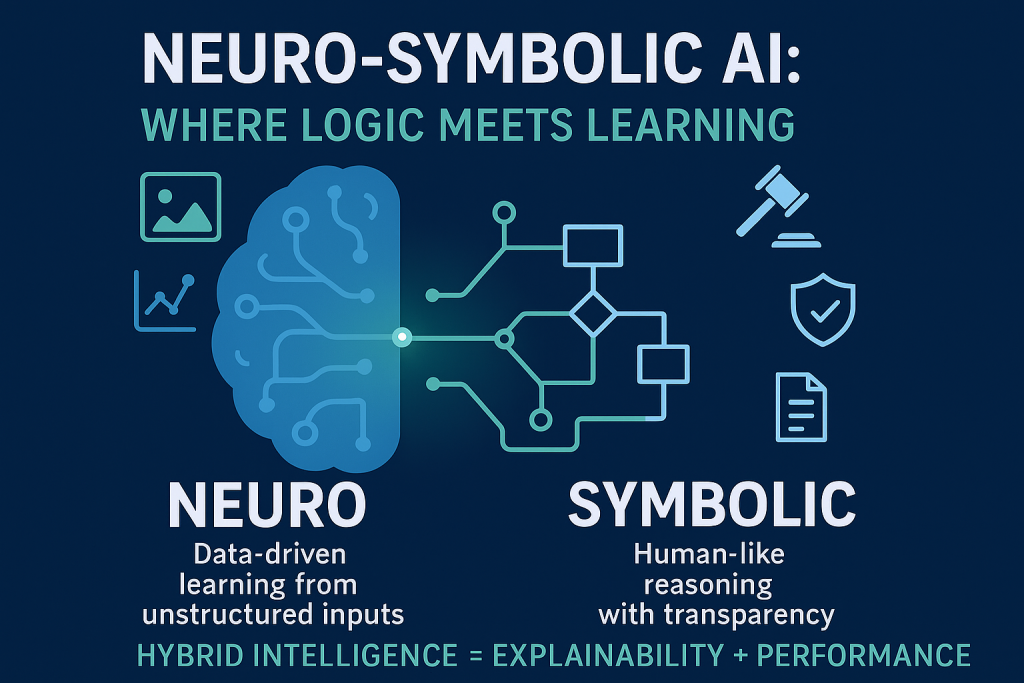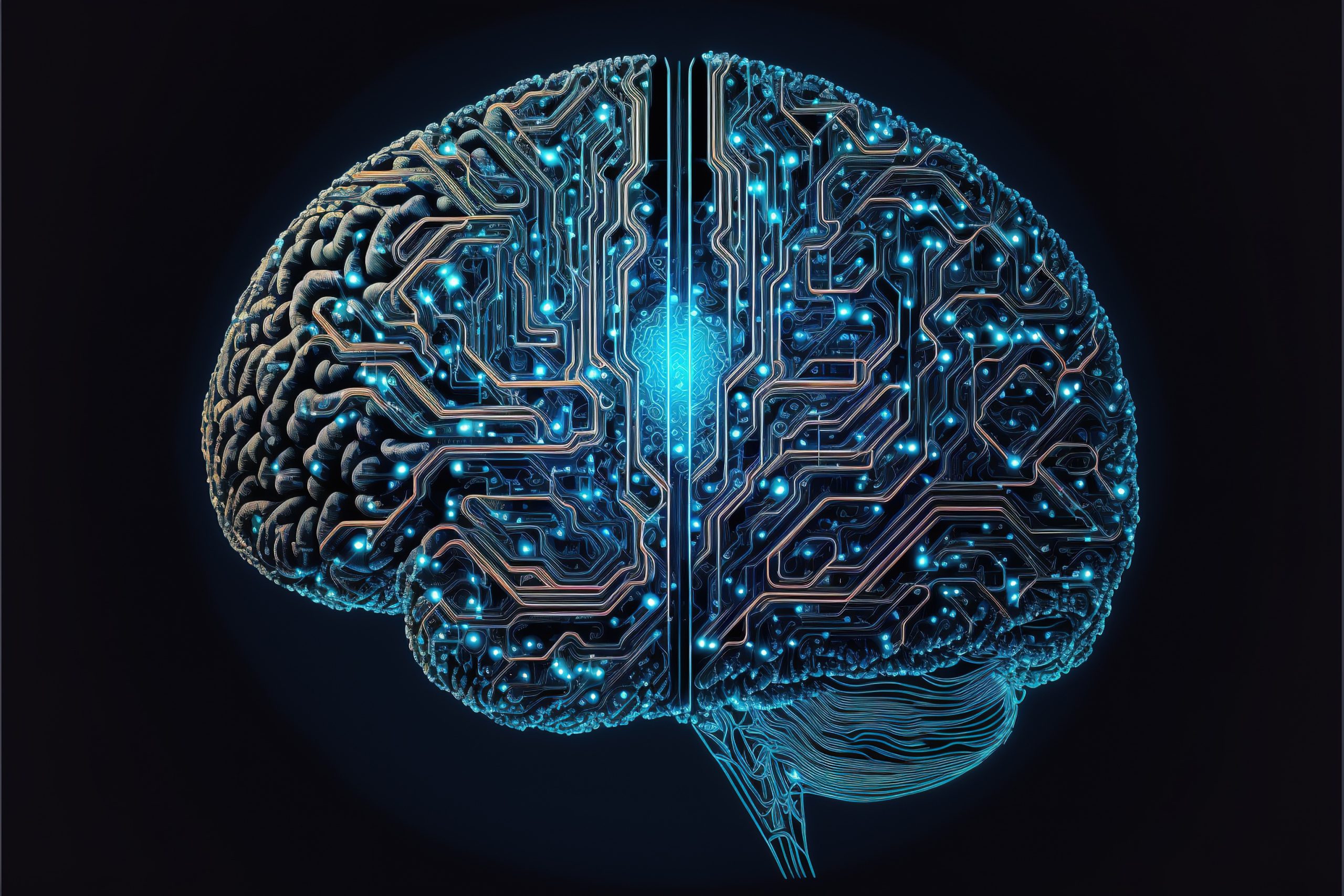
In enterprise AI, performance isn’t everything, trust and transparency are just as critical. As models grow more complex and their decisions shape high-stakes outcomes in finance, healthcare, supply chain, and HR, the demand for explainability has never been greater. Enter neuro-symbolic AI, a hybrid approach that may finally bridge the gap between black-box intelligence and human-level reasoning.
What Is Neuro-Symbolic AI?
At its core, neuro-symbolic AI combines the best of two worlds:
- Neural networks excel at pattern recognition, perception, and generalisation, making them ideal for image classification and natural language processing tasks.
- Symbolic AI relies on logic, rules, and knowledge graphs, making its decisions traceable, auditable, and explainable.
By integrating these, neuro-symbolic AI enables models to learn from data while reasoning over structured knowledge. Think of it as combining intuition with logic, something humans do effortlessly but machines often fail at.
Why It Matters for Enterprises
Most enterprise leaders want the benefits of AI, automation, insights, and efficiency, but hesitate when they can’t understand how decisions are made. With stricter regulations like the EU AI Act and GDPR and growing demands for AI accountability, explainability is no longer optional.
Neuro-symbolic AI can help by:
- Making decisions transparent: Logic-based components allow businesses to trace how conclusions are reached.
- Improving trust: Stakeholders and customers can understand why a model acted a certain way.
- Reducing bias: Symbolic rules can act as guardrails for fairness and compliance.
- Enabling reasoning: Enterprises can build models that “know” facts and reason over them, rather than predict outcomes.
Real-World Use Cases
- Finance: In fraud detection, neuro-symbolic systems can use learned patterns and regulatory rules to flag suspicious behaviour while explaining why an alert was triggered.
- Healthcare: For diagnosis and treatment suggestions, symbolic reasoning helps ensure recommendations align with medical guidelines and known drug interactions.
- Legal Tech: Symbolic logic enables compliance checks and contract analysis by mapping legal ontologies into decision paths.
- Supply Chain: Combining neural demand forecasting with rule-based constraints (e.g., customs or logistics regulations) ensures smarter, compliant operations.
What Makes It Different from Traditional AI?
Traditional deep learning systems are notoriously opaque. They require massive data, struggle with edge cases, and often can’t explain their predictions. Symbolic systems, meanwhile, can’t handle ambiguity or perception tasks well.
Neuro-symbolic AI blends them. For example:
- A neural net might extract data from scanned contracts.
- A symbolic engine would then apply legal rules to validate terms.
This layered approach gives enterprises a powerful, explainable pipeline that balances scale and accuracy with logic and trust.
The Tech Stack Behind Neuro-Symbolic AI
Several tools and frameworks are enabling this evolution:
- Knowledge Graphs & Ontologies: Define rules and concepts (e.g., OWL, RDF).
- Logic Programming: Engines like Prolog or rule-based reasoning platforms.
- Neural Components: Deep learning frameworks (e.g., PyTorch, TensorFlow).
- Hybrid Platforms: IBM’s Neuro-Symbolic AI, Microsoft’s Semantic Machines, and the work of the MIT-IBM Watson Lab are leading this charge.
Challenges and Considerations
Despite its promise, neuro-symbolic AI isn’t plug-and-play:
- Complex integration of symbolic and neural models can require specialised expertise.
- Performance trade-offs may occur, hybrid models are often less fast than pure neural systems.
- Data + rules: Enterprises must invest in high-quality data and well-defined ontologies to make it work.
However, these are solvable hurdles, especially when the benefits are clarity, compliance, and user confidence.
The Road Ahead
As generative AI dominates headlines, the silent revolution of neuro-symbolic AI is gaining traction in boardrooms focused on trustworthy, auditable, and explainable AI.
This hybrid approach won’t replace neural networks. It will enhance them by embedding real-world reasoning and rules into machine learning workflows. For enterprises facing increased scrutiny, it’s not just a technical innovation. It’s a governance and risk management breakthrough.

Leave a Reply